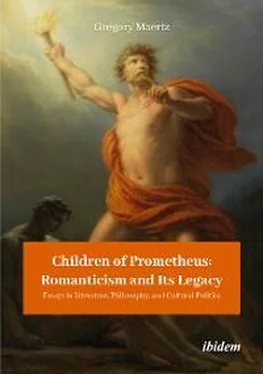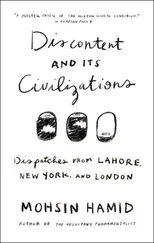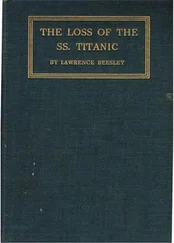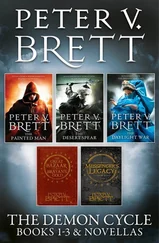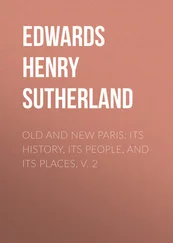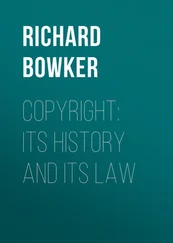1Mikhail Bakhtin, The Dialogic Imagination: Four Essays . Ed. Michael Holquist. Trans. Caryl Emerson (Austin: University of Texas Press, 1982), 345.
2In citing St. Leon but not pursuing the extensive thematic and plot correspondences with Frankenstein, recent studies follow Burton R. Pollin, “Philosophical and Literary Sources of Frankenstein ,” Comparative Literature 17 (1965): 97–108. See, for example, Chris Baldick, In Frankenstein’s Shadow (Oxford: Clarendon Press, 1987), 37; Anne K. Mellor, Mary Shelley: Her Life, Her Fiction, Her Monsters (New York and London: Routledge reprint, 1989), 85; and Emily Sunstein, Mary Shelley: Romance and Realit y (Baltimore: The Johns Hopkins UP, 1991, paperback edition), 23–24.
3Emily Sunstein takes a neutral stance in the dispute over the character of the second Mrs. Godwin as compared to the first and reminds the reader that Mary’s singularly possessive attachment to her father was such that “no woman under Heaven, not even Mary Wollstonecraft had she descended from it, would have been readily accepted as her father’s consort by the four-year-old Mary Godwin,” Mary Shelley: Romance and Reality , 2.
4 The British Critic (July 1795), 95.
5William Godwin, St. Leon: A Tale of the Sixteenth Century , 4 Volumes (London: Printed for G.G. & J. Robinson, R. Noble, printer, 1799), Vol. I, ix. Hereafter all intra-textual references are to this edition.
6William Godwin, An Enquiry Concerning Political Justice (Third Edition, 1798), ed. Isaac Kramnick (Harmondsworth: Penguin Books, 1976), 762.
7Baldick, op. cit ., 26.
8Mary Shelley, Frankenstein: or, The Modern Prometheus (1818 edition), in The Mary Shelley Reader , ed. Betty T. Bennett and Charles E. Robinson (New York: Oxford UP, 1990), 30. All intra-textual references are to this edition.
9Masao Miyoshi, The Divided Self: A Perspective on the Literature of the Victorians (New York: New York UP, 1969), 86.
10Gary Kelly is persuaded that Mary’s father “felt himself to be in possession of great and terrible secrets: the philosophy of Political Justice which he could not use for the benefit of mankind, but which, on the contrary, made him an object of fear and loathing,” The English Jacobin Novel, 1780–1805 (Oxford: Oxford UP, 1976), 209. Emily Sunstein ( op. cit ., 20) notes that Godwin’s contemporaries “compared him to a great, if failed explorer on humanity’s behalf, a Promethean paradigm that Mary Godwin would immortalize in her scientist, Frankenstein, whose confidant, Walton, is a polar explorer” and would-be altruist savior of mankind.
11“The Female in Frankenstein ,” in Feminism and Romanticism , ed. Anne K. Mellor (Bloomington, Indiana: Indiana UP, 1988), 224.
12 Journals of Mary Wollstonecraft Shelley . Abinger MSS, 21 (October 1838).
13Emily Sunstein, Mary Shelley: Romance and Reality , 38–39: “All the children were deeply influenced by him, but Mary was his star disciple, the most powerfully engaged and permanently affected, the one from whom he demanded and gave most. Her most felicitous, intimate, even thrilling intercourse with her father was that of pupil and teacher, and most inordinate as her later tributes to him might seem, it was homage to mentorship that few fathers gave their daughters.”
14 Journals of Claire Clairmont , ed. M.K. and D. M. Stocking (Cambridge, Mass.: Harvard UP, 1968), 18.
15Letter to W.T. Baxter, 8 June 1812 in Shelley and His Circle, 1773–1822 , ed. Keith Neil Cameron and Donald H. Reiman (Cambridge, Mass.: Harvard UP, 1961–73), 3, 102.
16Evidence for Mary’s idolization of her father is found in a letter: “Until I met Shelley, I may justly say that Godwin was my God,” The Letters of Mary Wollstonecraft Shelley , ed. Betty T. Bennet (Baltimore: The Johns Hopkins UP, 1980), 1, 296.
17Anne K. Mellor, Mary Shelley: Her Life, Her Fiction, Her Monsters (New York and London: Routledge, 1989), 23.
18Michael Holquist, Dialogism: Bakhtin and his World (New York and London: Routledge, 1990), 82.
19Barbara Johnson, “My Monster/My Self,” Diacritics 12 (1982): 8.
20From the author’s introduction, Mikhail Bakhtin, The Dialogic Imagination: Four Essays , xxxi.
21Bakhtin, op. cit ., 348.
22I.M. Lotman, “On the Reduction and Unfolding of Sign Systems,” in Semiotics and Structuralism: Readings from the Soviet Union , ed. Henryk Baran (White Plains, NY: International Arts and Sciences Press, Inc., 1976), 302.
23Bakhtin, op. cit ., 345, 347.
24All of these works figured prominently in Godwin’s scheme of education for his children, but Goethe’s Werther carried especially deep emotional resonance for the Godwin family because William was reading it at the time of Wollstonecraft’s death.
25Regular visitors to the Godwin household included William Wordsworth, Charles Lamb, S.T. Coleridge, William Hazlitt, Thomas Holcroft, Joseph Johnson, Samuel Rogers, John Flaxman, J.M.W. Turner, Maria Edgeworth, Helen Maria Williams, and Charlotte Smith.
26Mellor, op. cit ., 39.
27Sigmund Freud, Inhibitions, Symptoms and Anxiety (1926) in The Complete Psychological Works of Sigmund Freud (London: The Hogarth Press, 1953–1974), Vol. XX, 136–137.
28John Bowlby, Attachment and Loss , Separation: Anxiety and Anger (New York: Basic Books, 1973), Vol. II, 4–5.
29William Veeder, Mary Shelley and Frankenstein—The Fate of Androgyny (Chicago: U of Chicago Press, 1986).
30See Chapter Six, “Deaths by Land and Sea,” in Robert Gittings and Jo Manton, Claire Clairmont and the Shelleys, 1798–1879 (Oxford: Oxford UP, 1992), 66–73.
31Holquist, op. cit ., p. 83.
Конец ознакомительного фрагмента.
Текст предоставлен ООО «ЛитРес».
Прочитайте эту книгу целиком, купив полную легальную версию на ЛитРес.
Безопасно оплатить книгу можно банковской картой Visa, MasterCard, Maestro, со счета мобильного телефона, с платежного терминала, в салоне МТС или Связной, через PayPal, WebMoney, Яндекс.Деньги, QIWI Кошелек, бонусными картами или другим удобным Вам способом.
